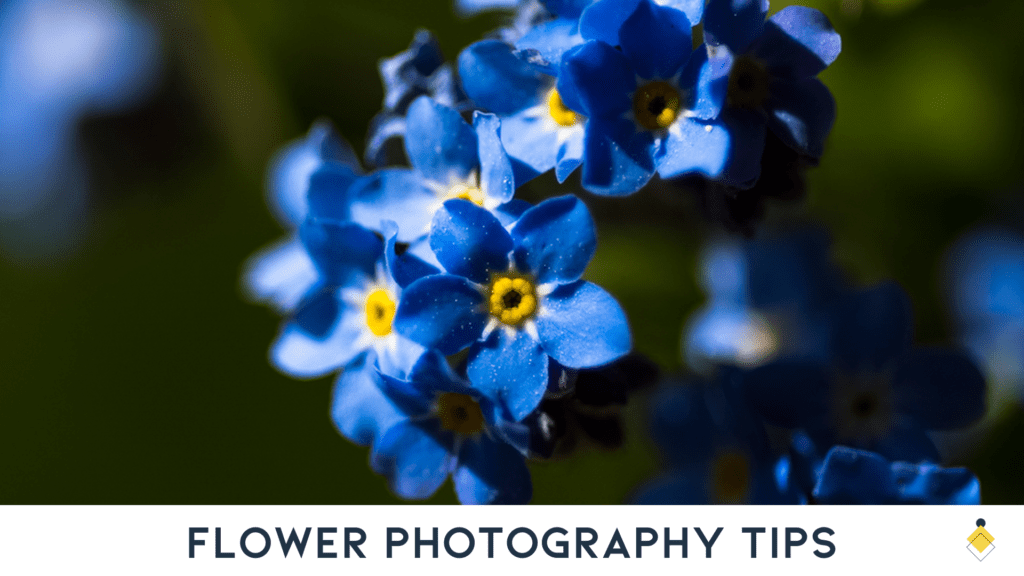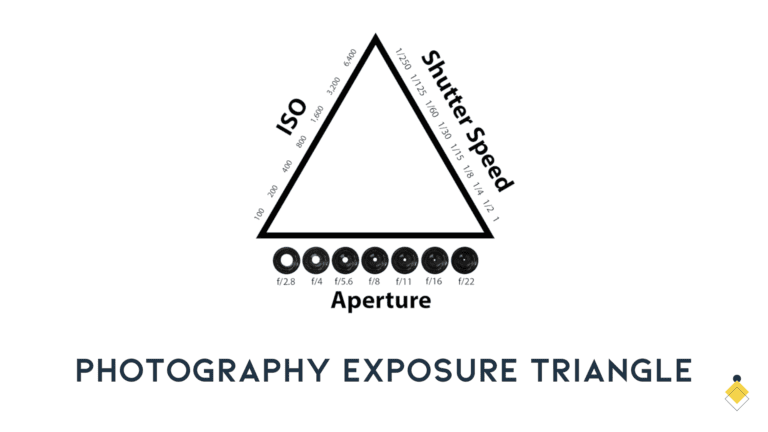Capturing the beauty of flowers through photography can often feel challenging. One important fact to know is that flower photography requires a unique blend of skill and creativity.
This article will guide you through essential tips and techniques to enhance your floral images, making them stand out.
Let’s dive in!
Why Photograph Flowers?
Photographing flowers opens up a world of creativity and exploration. Both beginners and advanced photographers find joy and challenge in capturing the delicate beauty of flowers. This genre allows you to showcase the vibrant colors, intricate patterns, and fine details that make each flower unique.
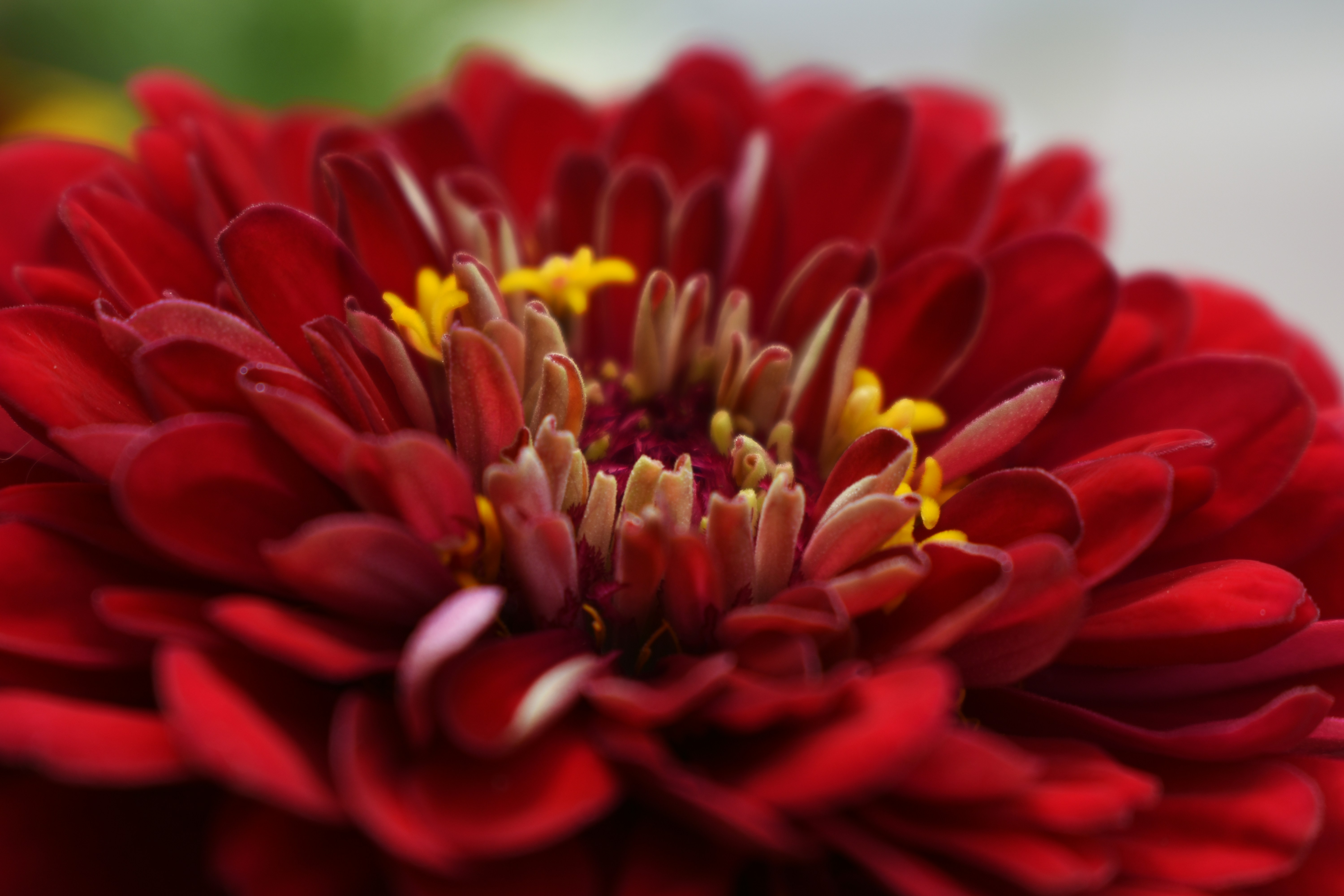
From macro shots that reveal textures not visible to the naked eye to vintage flower field photography that evokes nostalgia, there’s an endless array of subjects waiting to be discovered through your lens.
Flowers stand as symbols of natural beauty, but they also teach photographers about perspective, composition, and lighting techniques. Whether it’s experimenting with depth of field for a soft background or using natural window light for an aesthetic flower photography session, every image tells a story.
Through lenses and shutters speeds, you translate emotions and fleeting moments into visual poetry. Flower photography is more than just taking pictures; it’s about highlighting the complexities hidden in petals and leaves while honing your skills as a nature photographer.
Essential Tools for Flower Photography
When capturing stunning floral images, using the right tools is essential. A DSLR camera, tripod, reflectors, and macro lenses are indispensable for achieving professional-level flower photography.
Smartphone vs DSLR cameras
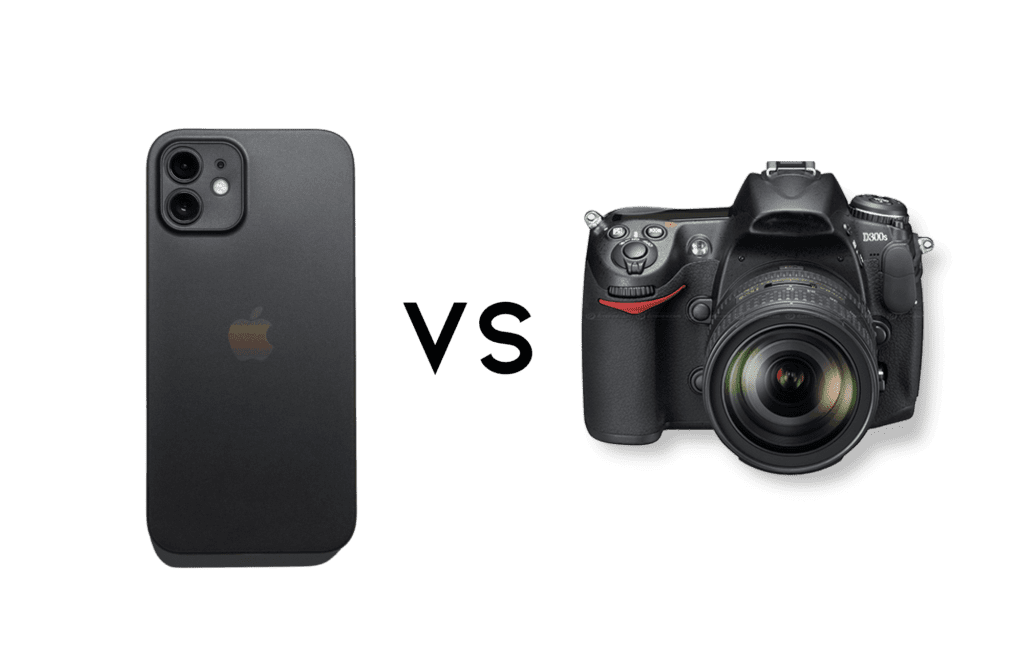
In the realm of flower photography, both smartphones and DSLR cameras offer unique advantages. Below is a summary comparison in HTML Table format to help you choose the right tool for capturing stunning floral images.
| Feature | Smartphone | DSLR Camera |
|---|---|---|
| Portability | Highly portable and always within reach | Less portable due to size and weight |
| Image Quality | Good for social media and small prints | Superior, suitable for large prints and professional use |
| Lens Options | Limited to built-in lens, though external lenses are available | Wide range of interchangeable lenses for different effects |
| Manual Controls | Limited manual settings available | Extensive manual controls for exposure, focus, and more |
| Cost | Generally more affordable | Can be expensive, especially with additional lenses and gear |
Choosing between a smartphone and a DSLR camera for flower photography depends on your specific needs, budget, and level of commitment. Both have their rightful place in the photographer’s toolkit, making it possible to capture the beauty of flowers in different contexts and styles.
With the right approach and understanding of each device’s strengths, photographers can produce compelling floral imagery regardless of the gear used.
Let’s delve into the importance of tripods and cable releases in enhancing flower photography next.
Tripod and cable release
Choosing the right camera is just the beginning. To really enhance your flower photography, integrating a tripod and cable release into your setup is key. A tripod keeps your camera steady, which is crucial for capturing sharp images in low light conditions or when using slow shutter speeds.
This steadiness becomes vital during macro flower photography where even the slightest movement can blur intricate details.
Using a cable release further reduces camera shake by allowing you to take photos without physically touching the camera. This tool is especially useful for up-close flower photography, enabling you to capture finer details with greater precision.
Together, these accessories eliminate unwanted motion, ensuring that each shot showcases the beauty of flowers with stunning clarity and composition.
Reflectors
Reflectors play a crucial role in flower photography by filling shadows and softening direct sunlight. This makes them a valuable asset for any photographer looking to capture the vibrant colors and intricate details of flowers.
They help control the lighting effectively, ensuring that every hue pops and the natural beauty of the subject stands out.
Using reflectors can dramatically improve your images by enhancing light quality and distribution across the scene. They allow photographers to manipulate light in outdoor settings, bringing out the best in flower backdrops for photography or close-up shots of petals and stems.
With reflectors, capturing stunning floral images becomes more manageable, setting you up perfectly to explore macro lenses next.
Macro lenses
Moving from capturing the play of light and shadow on petals with reflectors to bringing out the minute details of blooming flowers with macro lenses, these specialized lenses are essential tools for flower photography.
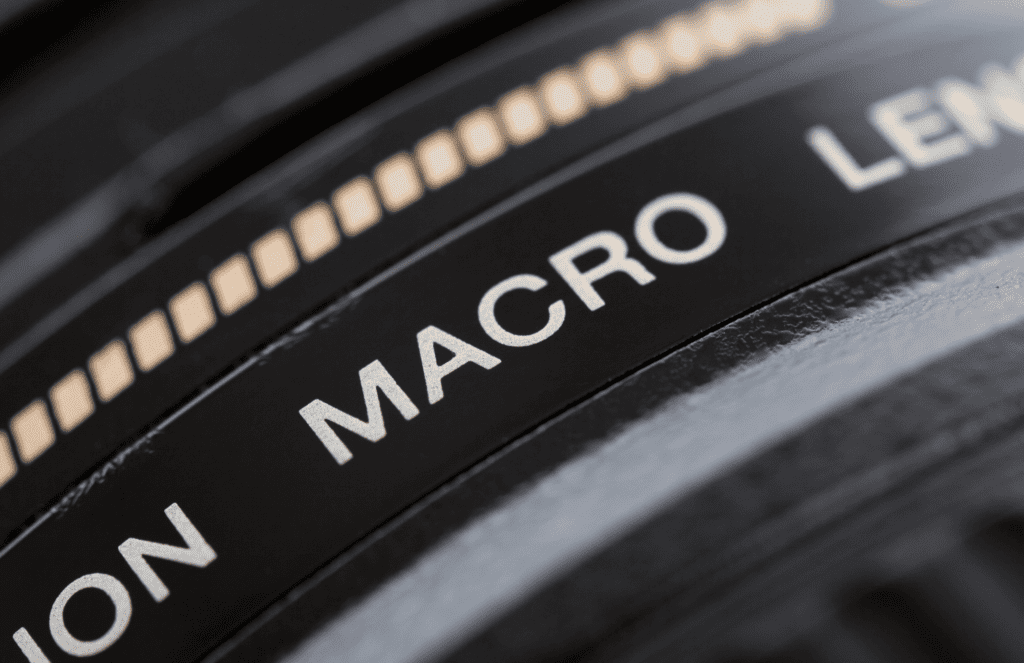
With a magnification ratio of at least 1:1, macro lenses enable photographers to get up close and personal with their floral subjects, revealing intricate textures and subtle color variations that might be missed by the naked eye.
By using these lenses, you can capture stunning close-up images of individual blooms or even explore abstract compositions within the heart of a flower.
Macro lenses allow you to isolate a focal point within a bloom while creating dreamy bokeh backgrounds that emphasize your subject’s ethereal beauty. Furthermore, they give you the ability to fill the frame with delicate details, such as dew drops on petals or tiny insects nestled among the blossoms.
Key Techniques for Flower Photography
Mastering key techniques for flower photography involves identifying a focal point and considering color to capture stunning floral images. Emphasizing details, highlighting patterns and textures, and embracing close-ups are essential skills for creating captivating flower photographs.
Identifying a focal point
When capturing floral images, it is essential to identify a focal point within the frame. This could be the center of the flower, an interesting pattern or texture, or a specific area of vibrant color.
By identifying a clear focal point, you draw the viewer’s attention and create a strong visual impact.
Filling the frame with the subject is crucial in flower photography to minimize distractions and maximize impact. Keeping the composition clean and focusing on a point of emphasis is essential for creating strong floral images.
Considering color
Color is a critical element in flower photography, with the potential to significantly enhance the visual impact of images. Making thoughtful use of the palette of colors present in floral subjects can create captivating compositions that draw viewers in.
Understanding how different colors interact and complement each other within an image is essential for creating visually appealing floral photographs. By considering the contrast and harmony of colors, photographers can craft images that are both impactful and aesthetically pleasing.
Moreover, utilizing color creatively can evoke specific emotions and add depth to flower photography, guiding the viewer’s focus and establishing a sense of balance within the composition.
Emphasizing details
Emphasizing details in flower photography involves capturing the intricate aspects of the blooms, such as delicate petal patterns and vibrant colors. Utilizing a macro lens allows photographers to zoom in closely, highlighting the finer elements of the flowers.

By adjusting camera settings and experimenting with angles, photographers can bring out the unique textures and shapes within each bloom. Additionally, using natural light or artificial lighting techniques enhances the details of the flowers, creating depth and dimension in the photographs.
To emphasize details effectively, consider composing your shots to highlight a specific focal point within the frame. This could be an individual petal, a group of stamens, or even dewdrops resting on a flower’s surface.
Highlighting patterns and textures
Highlight intricate patterns and textures in flower photography by embracing close-up shots. By zooming in on the details, you can capture the delicate lines and shapes that make each flower unique.
Utilize the palette of colors present in floral subjects to enhance these patterns and textures, creating visually appealing images that draw viewers into the intricate details of nature.
Additionally, keeping your composition clean and focusing on a specific point of emphasis will ensure that these patterns and textures take center stage in your floral photographs.
When capturing stunning floral images, it’s essential to highlight patterns and textures by utilizing close-up shots to focus on intricate details. This approach allows photographers to emphasize subtle lines and shapes within flowers while enhancing their visual appeal through color variations found in nature.
Embracing close-ups
Embracing close-ups in flower photography is essential for capturing the intricate details and beauty of blossoms. Close-up shots allow photographers to highlight the textures, patterns, and colors of flowers, resulting in visually engaging images.
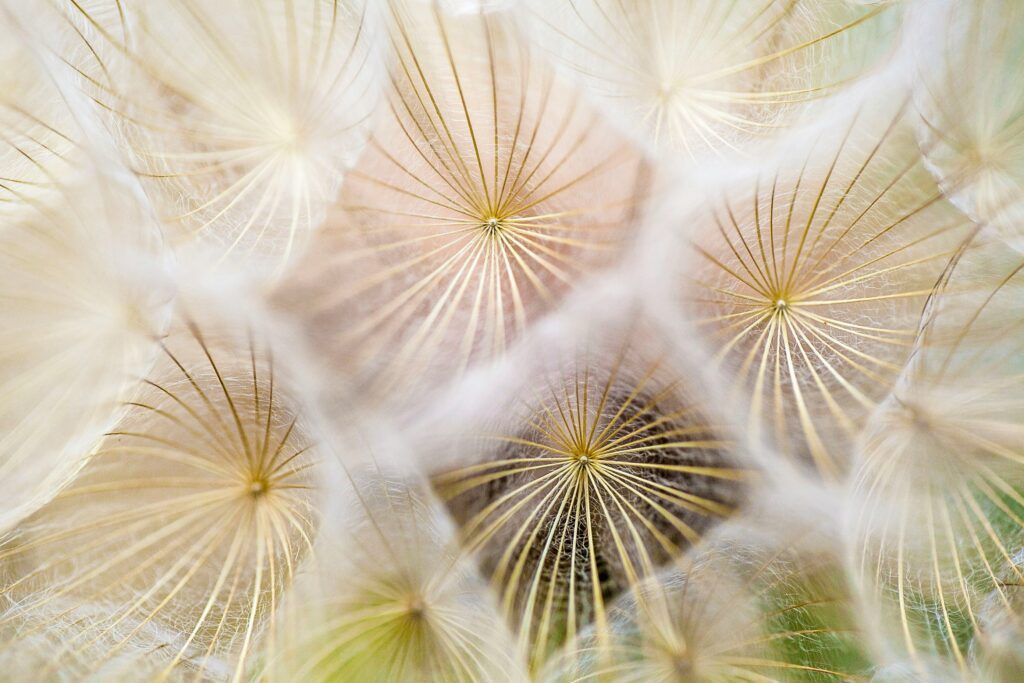
These shots also offer the opportunity to create abstract and artistic photographs that stand out from traditional floral images.
Capturing close-ups when photographing flowers can help produce stunning and captivating images by emphasizing the delicate features and unique characteristics of each blossom.
The Art of Composition in Floral Photography
To create compelling floral compositions, photographers can employ various techniques such as finding a clear focal point, considering color combinations, looking for intricate details, highlighting unique patterns and textures in the flowers, and utilizing close-up shots.
By employing these essential elements of composition, photographers can capture visually striking and engaging images that draw viewers into the beauty and intricacy of the flowers.
Emphasizing these key aspects allows photographers to craft captivating compositions that evoke emotions and appreciation for the natural splendor of flowers.
Utilizing perspective is crucial for creating dynamic floral compositions while also incorporating lighting techniques to enhance the visual impact of the images. Moreover, by experimenting with different angles and viewpoints along with strategic use of light sources, photographers can elevate their floral compositions to convey mood and depth effectively.
These thoughtful approaches enable photographers to showcase the artistry found within each flower, resulting in truly captivating floral photography.
The Role of Lighting in Flower Photography
To capture stunning floral images, understanding the role of lighting in flower photography is crucial. Natural light can highlight textures and colors, while artificial light provides control over the mood and atmosphere of your floral photographs.
Natural light
Utilize natural light to bring out the vibrant colors and intricate details of flowers. Direct sunlight can cast harsh shadows, so it’s ideal to shoot during the golden hours of early morning or late afternoon.
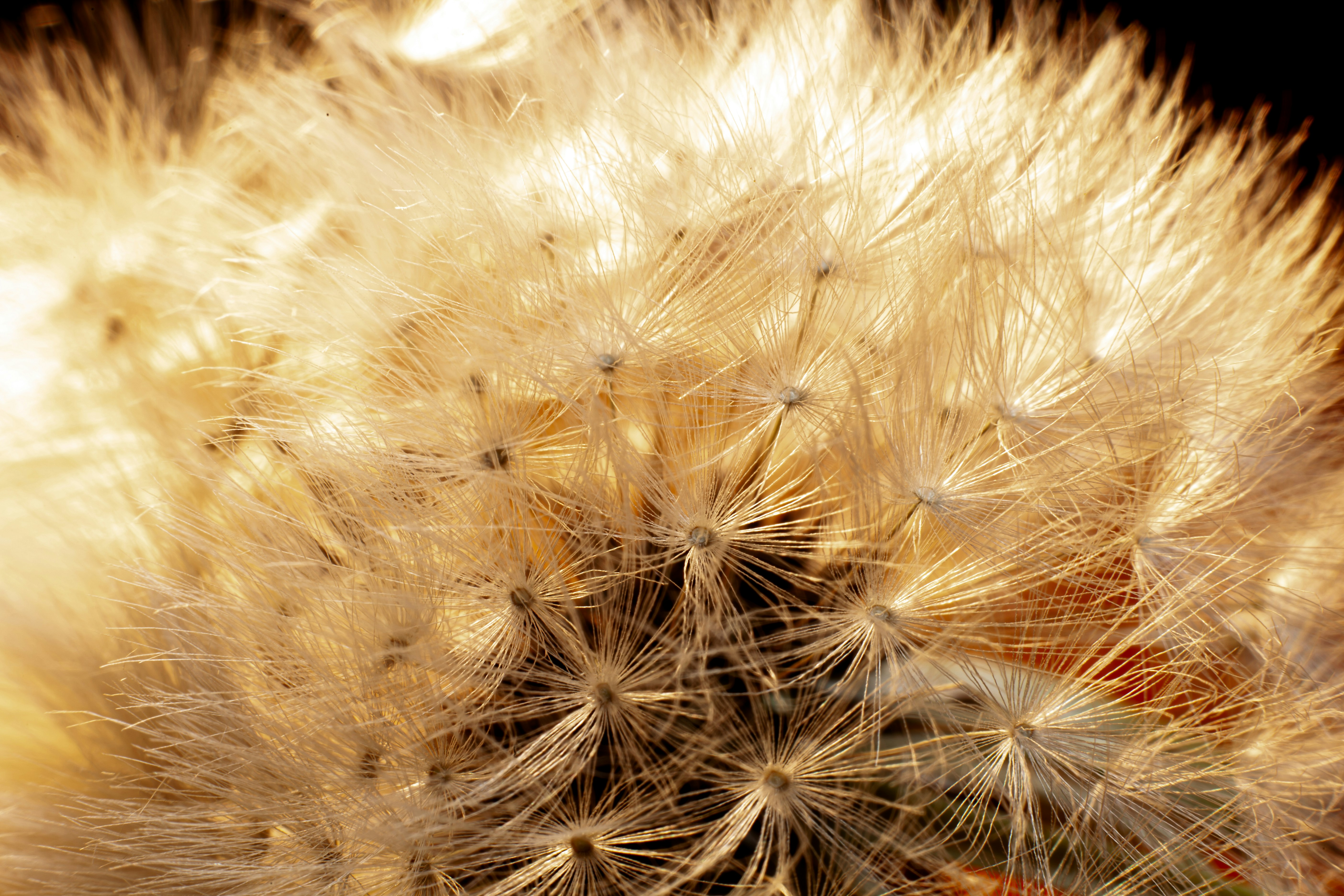
This soft, warm light creates a flattering glow on the flowers, enhancing their natural beauty without casting strong shadows.
Experiment with shooting on overcast days as well – the diffused light from cloudy skies can provide even lighting that brings out subtle textures and colors in flower petals. When photographing in direct sunlight, consider using a diffuser or reflector to soften the harsh light and minimize shadows for more balanced exposure.
Artificial light
Artificial light in flower photography fills in shadows and creates even lighting. Balancing it with natural light is crucial for maintaining a natural look. Reflectors and diffusers manipulate artificial light, creating softer, more flattering lighting for flowers.

The direction of the light—above, below, or from the side—dramatically impacts how the flower appears in photographs. Understanding the role of artificial light helps photographers create stunning and impactful floral images.
Manipulating artificial light is important to produce consistently excellent results in flower photography. It can transform an average image into something truly breathtaking, bringing out the intricate details and vibrant colors of each bloom.
Editing Techniques for Flower Photos
Enhance your flower photos by adjusting contrast and saturation to make the colors pop. Experiment with black-and-white photography for a unique and artistic spin on floral images.
Adjusting contrast and saturation
Adjusting contrast and saturation is crucial in enhancing the vibrancy and overall impact of flower photographs. By carefully fine-tuning these elements, photographers can bring out the rich colors and intricate details present in floral subjects.
Proper adjustment of contrast can help to define the varying tones within a photograph, creating depth and visual interest. Similarly, tweaking the saturation levels allows for intensifying or toning down the colors, resulting in balanced and captivating floral images.
Understanding how to adjust contrast and saturation effectively empowers photographers to elevate the quality of their flower photography, bringing forth stunning visual compositions that truly capture the beauty of nature.
When adjusting contrast and saturation in flower photography, it’s important to strike a balance between enhancement and natural representation. Overly saturated or high-contrast images may appear artificial or exaggerated, while inadequate adjustments could result in flat or dull visuals.
Black-and-white flower photography
In black-and-white flower photography, removing color from the image can draw attention to the intricate details and textures of the flowers. By stripping away color, the focus shifts to shapes, lines, and patterns within the composition.
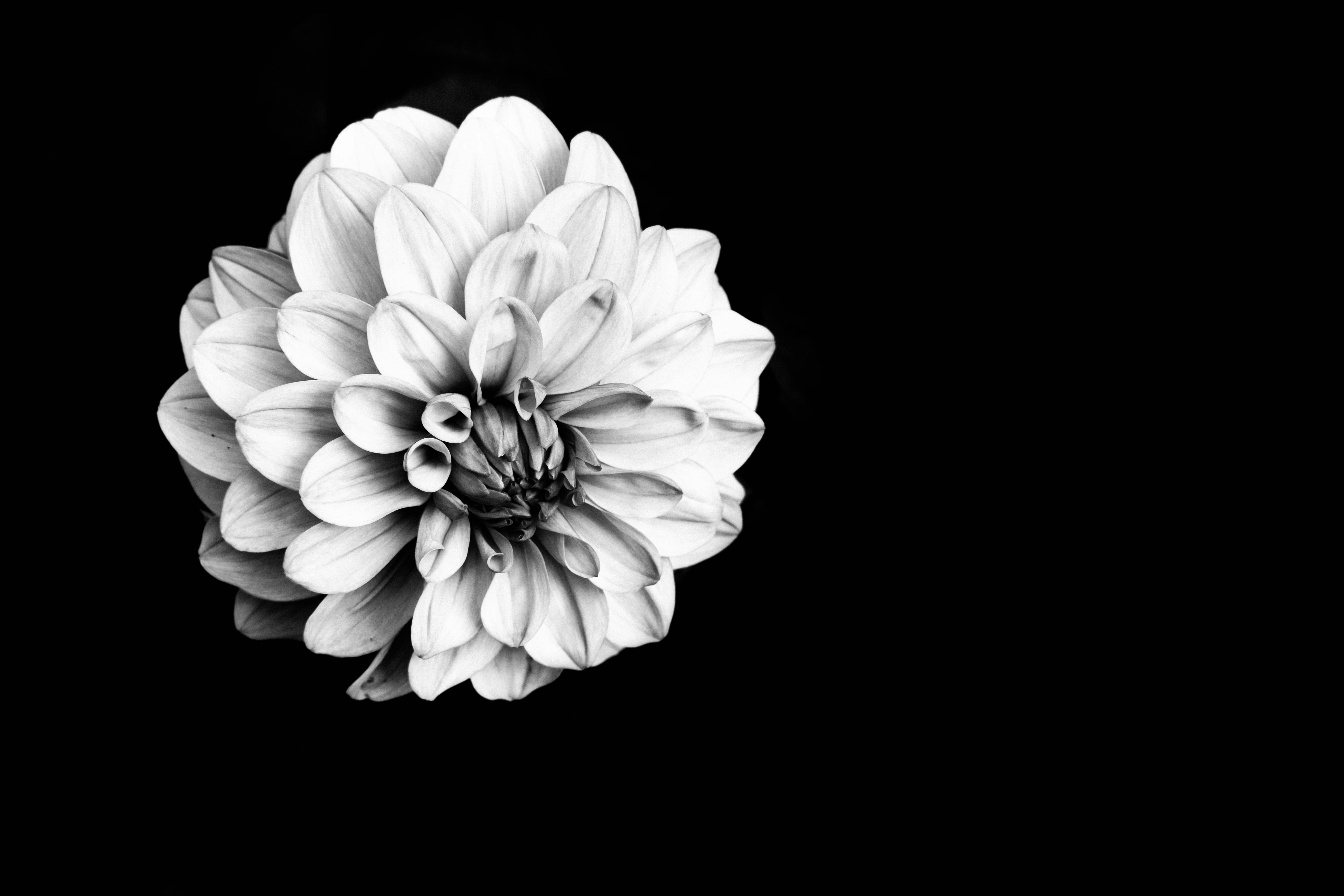
This technique emphasizes contrast and can create a timeless and artistic feel in floral images. It also provides an opportunity to highlight the play of light and shadow on the petals, bringing a captivating dimension to the photograph.
When capturing black-and-white flower photos, consider utilizing direct sunlight strategically to cast shadows that enhance the depth and texture of the subjects. Experiment with different angles and lighting conditions to achieve compelling contrasts in your images.
Temperature and tint adjustments
When editing flower photos, adjusting temperature and tint can significantly enhance the overall look of your images. These adjustments allow you to fine-tune the tones and colors, evoking specific emotions and atmospheres in your floral photography.
With tools like Adobe Lightroom and Photoshop, you can easily manipulate these settings to achieve the desired visual impact for your flower images.
To master the art of flower photography, it’s crucial to understand how temperature and tint adjustments play a pivotal role in creating stunning floral images. Through careful manipulation of these elements, photographers can craft captivating visuals that resonate with viewers on an emotional level.
Using Lightroom presets
Lightroom presets offer instant enhancements for flower photos, allowing photographers to achieve consistent and polished results. With just a few clicks, these presets can adjust contrast, saturation, temperature, and tint to bring out the best in floral images.
They also provide the option of black-and-white conversion for a different creative approach.
Professional nature photographers often rely on Lightroom presets to streamline their post-processing workflow and maintain a cohesive look across their floral photography portfolio.
Focus stacking
Focus stacking is a useful technique for increasing the depth of field in flower photography. By capturing multiple images at different focus points and merging them together, photographers can create stunning images that are sharp from front to back.
This method allows close-up shots of flowers to have more detail and clarity, highlighting intricate features such as delicate petals or tiny stamens. Utilizing focus stacking can make it easier to bring out the beauty of small subjects like blossoms or buds while ensuring that every part of the flower remains in sharp focus.
Photographers often use focus stacking with macro lenses to capture fine details in floral subjects. It’s also an effective approach when photographing wildflowers or creating still-life compositions using various blooms.
Practical Tips for Getting Started in Flower Photography
Start by exploring your local area for diverse and photogenic flowers. Experiment with setting up still-life shots at home to practice different compositions and techniques.
Exploring your local area
Explore your local area to discover a variety of floral subjects for photography. Search nearby parks, gardens, or nature reserves to find an array of vibrant blooms and lush greenery that can serve as captivating focal points in your photos.
Look for unique textures, colors, and patterns in the foliage and flowers that catch your eye.
Venture into different neighborhoods and explore local botanical gardens or flower markets where you can capture close-up shots of intriguing blossoms or striking arrangements. Keep an eye out for wildflowers by the roadside or even visit a flower farm if available nearby to photograph various species in their natural habitat.
Setting up still-life shots at home
To set up still-life shots at home for flower photography, find a suitable location with ample natural light. Place your chosen flowers in front of a plain or textured backdrop and utilize props such as vases, fabric, or decorative items to enhance the composition.

Experiment with different angles and perspectives to capture unique details of the flowers. Additionally, controlling the lighting is crucial; direct sunlight can be used creatively to cast interesting shadows and add depth to the images.
When setting up still-life shots at home for flower photography, consider incorporating various backgrounds and experimenting with different compositions using props like vases, stones, or other decorative items.
Conclusion
Mastering flower photography requires a deliberate approach to focus and composition. Different lenses and techniques contribute to high-quality images, with natural lighting preferred for its soft effects.
Although tripods and artificial lighting can be useful, they are not always necessary. Camera settings play a crucial role in creating stunning floral images while embracing close-ups can produce captivating results.
Irene Parker is a renowned professional photographer with over 20 years of experience in capturing the intricate beauty of flowers. Her extensive expertise and educational background in photography make her an authority on mastering the art of flower photography.
Irene has contributed significantly to research and development within this field, establishing her credibility as an expert.
Analyzing the blog’s core features, Irene believes that the emphasis on identifying focal points and considering color greatly contributes to capturing captivating floral images. These techniques align with established principles of visual arts, contributing effectively to achieving visually appealing compositions.
When it comes to practical utilization, Irene recommends integrating these techniques into everyday life by exploring local areas or setting up still-life shots at home for creative expression.
In evaluating “Mastering The Art Of Flower Photography: Tips And Techniques For Capturing Stunning Floral Images,” Irene acknowledges the advantages such as detailed techniques but also emphasizes that some may find certain aspects challenging without proper guidance.
However, she suggests that with practice and patience, photographers can overcome potential challenges.
In conclusion, according to Irene Parker’s expert opinion, “Mastering The Art Of Flower Photography: Tips And Techniques For Capturing Stunning Floral Images” holds significant value for individuals seeking to delve into advanced flower photography skills or refine their existing expertise.
FAQ – Flower Photography
For stunning photos of flowers, you should prioritize macro photography settings, particularly a wide aperture (low f-number) to achieve a shallow depth of field. This puts the flower in focus while softly blurring the background or foreground. Experiment with your camera and lens to see what aperture settings produce the depth of field that makes the flower your main subject stand out beautifully.
To control the depth of field, adjust the aperture on your photography lens. Use a wide aperture (low f-number) for a shallow depth of field, which will keep your flower in focus while blurring the background or another flower behind it. This tips and tricks help in highlighting the beauty of the entire flower or a specific portion of the flower by keeping distracting elements out of focus.
Natural light can beautifully illuminate your floral subjects, but it’s important to use it wisely. Photograph flowers during the golden hours—early morning or late afternoon—for softer light. Position yourself so that the light is either directly illuminating the entire flower or coming from behind the flower for a glowing effect. Be mindful of shadows that can either enhance your image or distract from the main subject.
The background can dramatically affect the overall impact of your flower images. A clean, uncluttered background helps in keeping the focus on the beautiful flower, while a busy background can distract. You can achieve a pleasing background by using a shallow depth of field, positioning yourself to have a distant background, or placing another flower or colored item behind the main subject for added depth without distraction.
Yes, you don’t need to give up on flower photography in the winter months. Look for indoor botanical gardens or greenhouses where beautiful flowers are available year-round. Additionally, use this time to practice post-processing skills to enhance the images of flowers you’ve taken throughout other seasons or experiment with still life setups of single flowers at home.
At a minimum, you will need a camera with manual mode capabilities and a macro lens for close-up shots of flowers, capturing the intricate details. A tripod is also helpful for stabilizing your camera and lens, especially in low light conditions or when using a telephoto lens. Consider a reflector to bounce light back onto the flower, enhancing its colors and details.
Post-processing is a powerful tool for enhancing your flower images. Use it to adjust exposure, contrast, and saturation to make the colors pop. Don’t be afraid to crop your photos to frame your subject better or to remove distractions. Techniques such as selective sharpening can highlight the details of the flower while keeping a beautifully blurred background. Experiment with different post-processing techniques to find what works best for each image.
To create a beautiful composition, start by choosing a single flower or a simple group as your main subject. Use the rule of thirds to position the main subject in a way that is visually pleasing. Experiment with different angles and viewpoints, such as shooting from below the flower to capture the sky or background as contrast. Always be mindful of the foreground and background, ensuring they don’t detract from the main subject. Incorporating elements like another flower just slightly out of focus can also add depth and interest to your composition.
To prevent over-blurring in images with a shallow depth of field, carefully choose your aperture and focal point. While you might use a wide aperture to achieve blur, ensuring that a critical portion of the flower (like the edges or center) remains in sharp focus is essential. Also, using a tripod can minimize unintended camera movement, thus keeping your intended subject crisp. Practice with different settings to find the right balance for your unique style.
